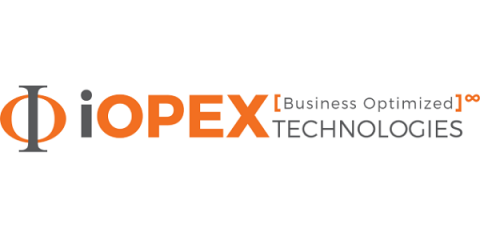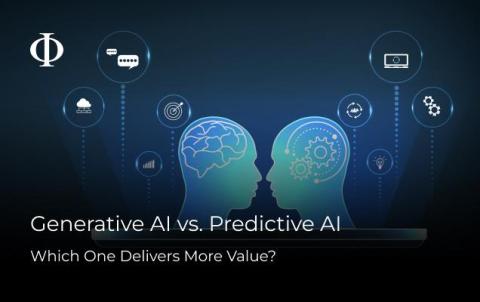Retail's GenAI Edge: Profitable Use Cases Beyond Chat Bots
Who doesn’t love a virtual try-on when shopping online or a quick scan in the physical store that tells exactly when their favorite item will be available in the store? These everyday conveniences, powered by AI, once seemed like science fiction. Traditional AI has already revolutionized retail - from computer vision managing inventory to machine learning predicting demand.





